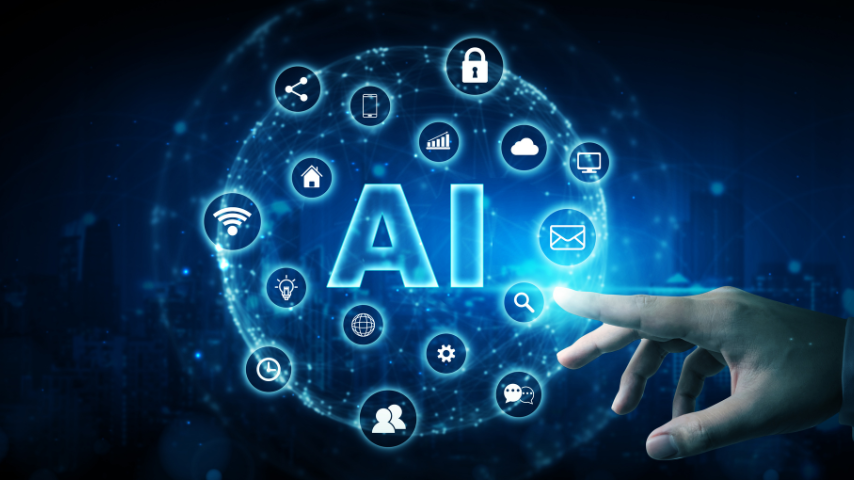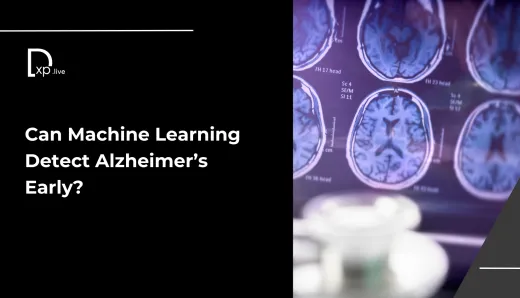The Dawn of o1: A Glimpse Into the Future of AI-Driven Innovation

OpenAI's newest model, o1, isn't just another iteration in the long line of artificial intelligence advancements—it's a clear marker of where AI is headed, and it has left the tech world buzzing. The model's standout feature? Its ability to think and reason in ways that exceed the capabilities of most humans.
Traditionally, AI models, including OpenAI's GPT-4 and its predecessors, have been remarkable at generating human-like text. However, they often stopped short when it came to genuine problem-solving. These models provided answers but didn't “think” through the problems the way humans do. o1 changes that entirely.
The Power of Thinking Machines
The core strength of the o1 model lies in its ability to deconstruct a problem into smaller, manageable steps, mirroring the way humans reason through complex questions. What sets it apart is its incredible accuracy and efficiency in doing so—essentially outperforming many humans. This leap in cognitive mimicry is seen in coding competitions, where the model achieved a staggering 89% success rate, a giant leap from GPT-4's 13%.
For AI researchers and engineers, this is no small feat. Coding competitions, often designed to push the boundaries of human logic and problem-solving, have traditionally been areas where even highly intelligent humans struggle. But o1 has not only entered this domain but has surpassed the average human in accuracy and speed.
What o1 Means for Industry and Society
The significance of o1 goes beyond coding. With its ability to solve complex tasks across disciplines like science, mathematics, and engineering, this model is a major leap forward in creating agentic workflows—AI systems capable of executing tasks autonomously with little to no human intervention. This evolution brings us closer to AGI (Artificial General Intelligence), a state where machines possess a human-like understanding across a range of cognitive tasks.
While AGI has been more of a theoretical construct in recent years, the o1 model suggests that we might be approaching it faster than previously anticipated. And with the impending rise of AGI comes a critical question: what happens to the workforce?
Will AI Really Replace Millions of Jobs?
The potential for AI to replace jobs has been a long-standing debate, with o1 reigniting these concerns. As AI becomes better at problem-solving, more autonomous, and increasingly efficient, the risk of job displacement grows. Fields like customer service, software development, research, and even creative industries may feel the tremors first. According to a World Economic Forum report, by 2025, 85 million jobs could be displaced by AI. o1, with its agentic capabilities, could accelerate this trend.
But job displacement is only half the story. While AI systems may take over repetitive or even complex tasks, they also create opportunities for new roles—roles that center on managing, guiding, and working alongside AI. The key challenge is how society can retrain and upskill workers to thrive in an AI-enhanced world.
Is AGI Just Around the Corner?
The o1 model has certainly pushed the envelope, but the path to AGI is still not without hurdles. AGI requires not just task-specific intelligence but an understanding of broader contexts, emotional intelligence, and adaptability in unfamiliar situations. While o1 excels in reasoning and step-by-step breakdowns of tasks, it's not yet capable of generalizing across different types of knowledge in the way humans do.
However, its breakthroughs are clear indications that AGI is more plausible than ever before. With each new iteration of AI models, we’re moving closer to a world where machines can perform most cognitive tasks on par with, if not better than, humans. Whether AGI arrives in the next decade or a bit later, what’s certain is that AI-driven systems like o1 will continue to reshape industries, redefine roles, and challenge our understanding of intelligence itself.
A Leap, Not a Step
The launch of o1 is a transformative moment. It brings us closer to a reality where AI doesn’t just assist us but could potentially think, reason, and innovate alongside, or even ahead of, human minds. While we're not at the AGI finish line yet, o1 shows that we're on a clear trajectory towards it. The question we need to grapple with is no longer if, but when—and how we can shape this transition to benefit humanity at large.




